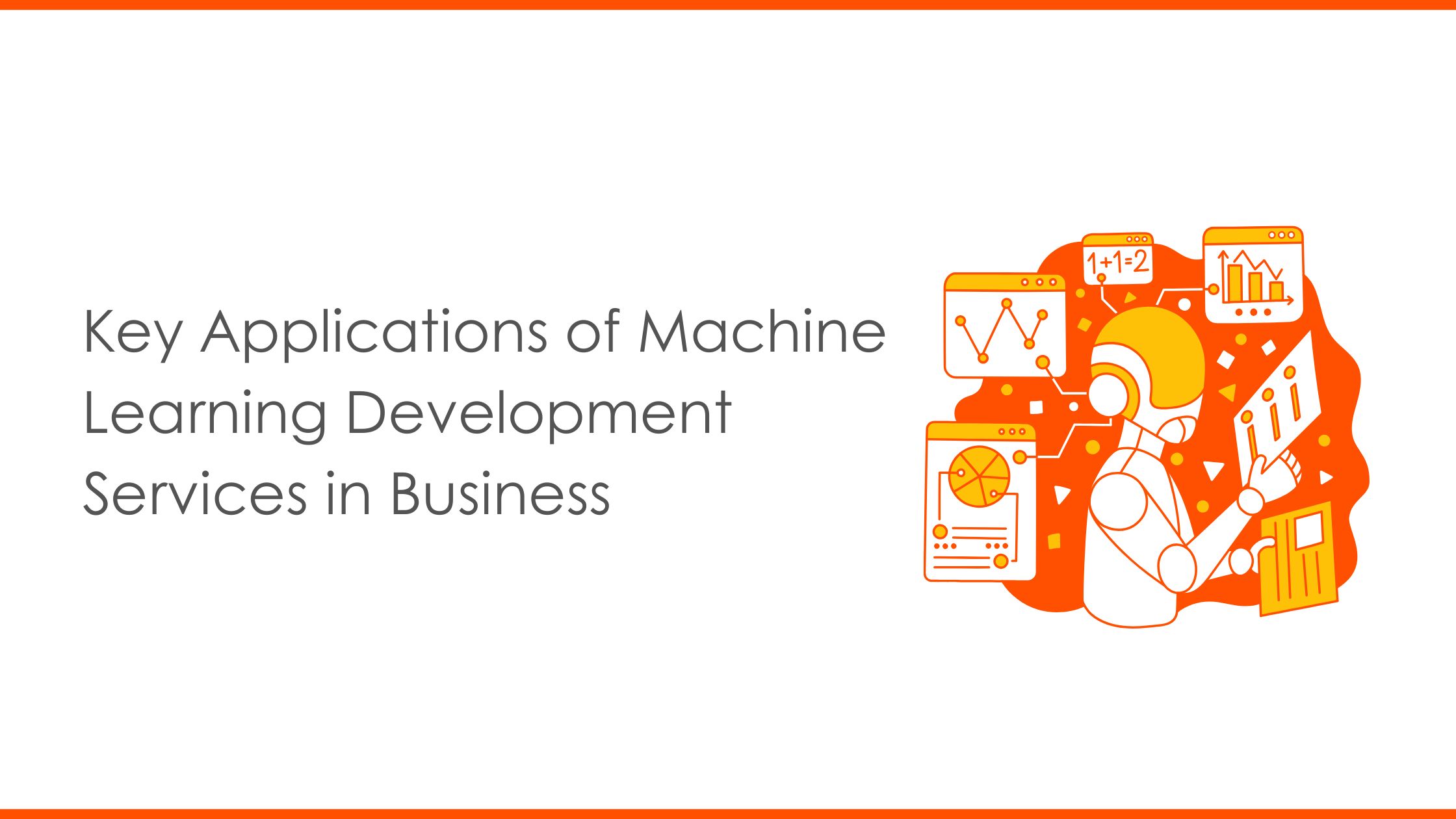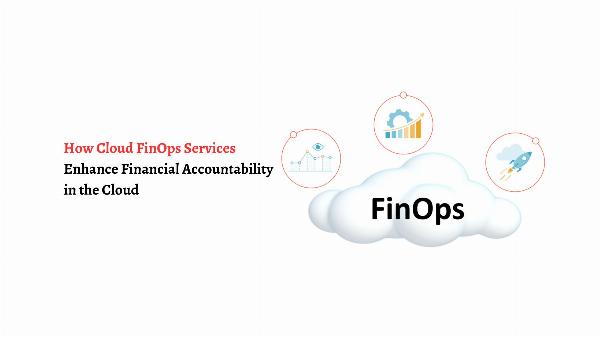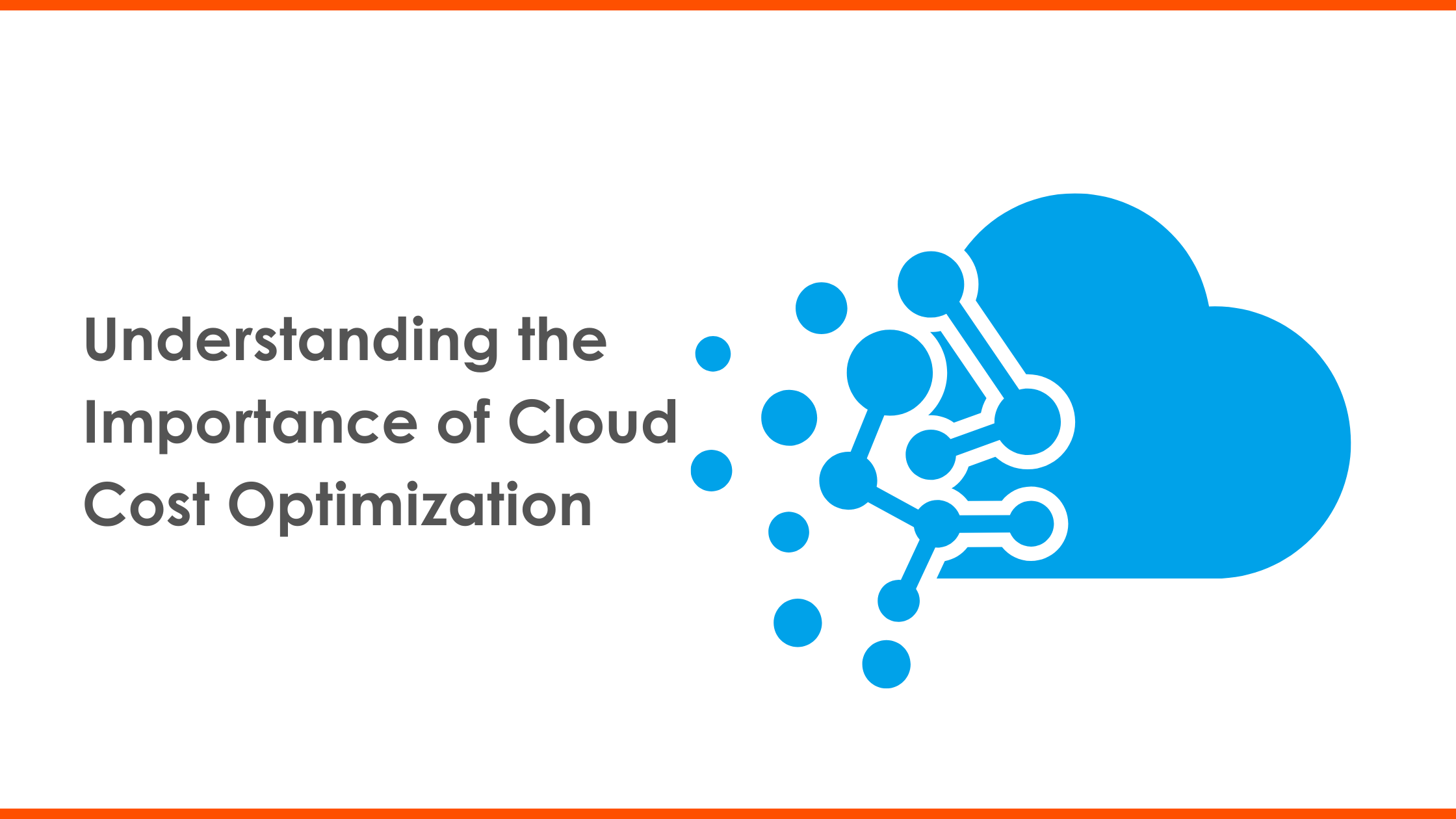 Website Copy Makeover – Turn Visitors into Buyers Instantly!
Website Copy Makeover – Turn Visitors into Buyers Instantly!
Overcoming Cloud Migration Hurdles: Strategies for a Smooth Transition
Written by Ashish Chander » Updated on: June 17th, 2025

Cloud migration has become essential for organizations looking to innovate, scale efficiently, and improve operational agility. However, the journey from on-premises to the cloud isn't without its challenges. In fact, transitioning to cloud infrastructure brings about a unique set of hurdles, from cost management to data security, that require careful navigation. This article will explore the common obstacles businesses face during cloud migration and outline strategies to overcome them, ensuring a smooth, cost-effective transition.
1. Understanding Cloud Migration Challenges
For organizations moving to the cloud, common challenges include:
- Data Security and Compliance: With data moving out of on-premises systems, ensuring that security protocols and compliance standards are met is critical.
- Downtime and Service Disruption: Migrating systems without impacting ongoing operations is challenging. Businesses often face downtime or service interruptions, which can impact customer satisfaction.
- Cost Management and Optimization: Many companies underestimate the costs of cloud migration and ongoing management, leading to budget overruns.
- Skill Gaps and Expertise: Migrating to the cloud often requires skills and expertise that the in-house IT team might lack, necessitating specialized training or outside help.
- Data Migration and Compatibility Issues: Migrating large volumes of data, especially from legacy systems, can present technical difficulties, such as compatibility and data loss.
2. Key Strategies for a Smooth Cloud Migration
To overcome these challenges, businesses need a structured approach to migration. Here’s how to get it right:
2.1 Plan with a Clear Migration Strategy
A well-defined migration strategy helps in identifying which applications or systems should move to the cloud and which ones should remain on-premises. A common approach is the “6 R’s of Cloud Migration” — Rehosting, Re-platforming, Repurchasing, Refactoring, Retiring, and Retaining. This framework guides businesses in categorizing applications based on the best migration method.
Tip: Consider partnering with a reputable provider of Cloud Migration Services. These experts can help identify a migration plan that aligns with your organization’s needs, minimizing risk.
2.2 Prioritize Data Security and Compliance
Security is one of the biggest concerns during cloud migration. Start by identifying sensitive data and establishing protocols for secure data transfer and storage. Leveraging encryption, multi-factor authentication, and access controls can add layers of security to cloud environments.
Tip: Evaluate cloud providers’ compliance standards to ensure they align with industry requirements, such as GDPR or HIPAA.
2.3 Optimize Costs with Cloud Cost Management Solutions
Moving to the cloud can lead to unexpected expenses if costs aren’t monitored. Uncontrolled resource usage, underutilized services, and lack of a budgeted cost structure can inflate expenses. Employing Cloud Cost Optimization tools can help by providing insights into usage patterns, alerting you to cost spikes, and identifying underutilized resources.
Tip: Many cloud providers offer budgeting tools to track spending. Make use of these features to ensure cloud costs align with expectations.
2.4 Address Downtime with Effective Migration Phases
To minimize service disruption, organizations should adopt a phased approach to migration. By prioritizing essential services and gradually moving them to the cloud, businesses can test for stability and adjust configurations in real-time. This step-by-step process reduces the risk of downtime and helps maintain service availability.
Tip: Schedule migrations during non-peak hours, if possible, and create backup processes to mitigate any potential downtime risks.
2.5 Invest in Skill Development or Partner with Cloud Experts
Not all organizations have in-house expertise in cloud technologies. By investing in training for your IT staff, you can prepare them for the challenges of cloud management. Alternatively, partnering with Cloud Migration Services can help bridge skill gaps and streamline the process, allowing your team to focus on core operations.
Tip: Consider engaging a managed service provider (MSP) to oversee cloud operations. They can handle the technical aspects of migration and ongoing cloud management.
2.6 Ensure Data Compatibility and Integrity
Data migration is a complex process, especially when moving data from legacy systems. Conduct a data audit to assess data compatibility and create backups to prevent data loss. Using automated data migration tools and services can ensure data integrity throughout the process.
Tip: Test data systems post-migration to confirm that data accuracy and consistency are maintained.
3. Benefits of Overcoming Cloud Migration Hurdles
While migration challenges can be daunting, overcoming them has substantial rewards:
- Increased Flexibility and Scalability: The cloud offers on-demand resources, allowing businesses to scale as needed.
- Cost Efficiency through Cloud Cost Optimization: With cost management tools, companies can monitor usage, leading to significant savings.
- Improved Security and Compliance: Cloud providers offer enhanced security protocols, allowing organizations to meet industry standards.
- Business Continuity and Agility: The cloud supports remote work, ensures data availability, and boosts operational efficiency, enhancing resilience in the face of disruption.
Conclusion
Cloud migration is a significant step toward modernization and operational efficiency. By anticipating and addressing common migration challenges — from security to cost management — organizations can transition smoothly to the cloud. Leveraging the right Cloud Migration Services and implementing effective Cloud Cost Optimization strategies will help ensure that your cloud journey is both cost-effective and aligned with business goals.
Note: IndiBlogHub features both user-submitted and editorial content. We do not verify third-party contributions. Read our Disclaimer and Privacy Policyfor details.
Copyright © 2019-2025 IndiBlogHub.com. All rights reserved. Hosted on DigitalOcean for fast, reliable performance.














